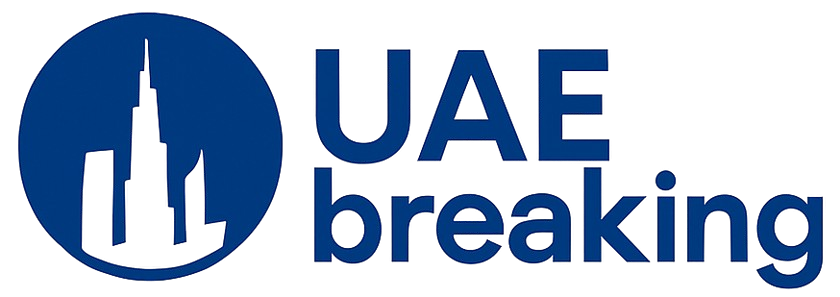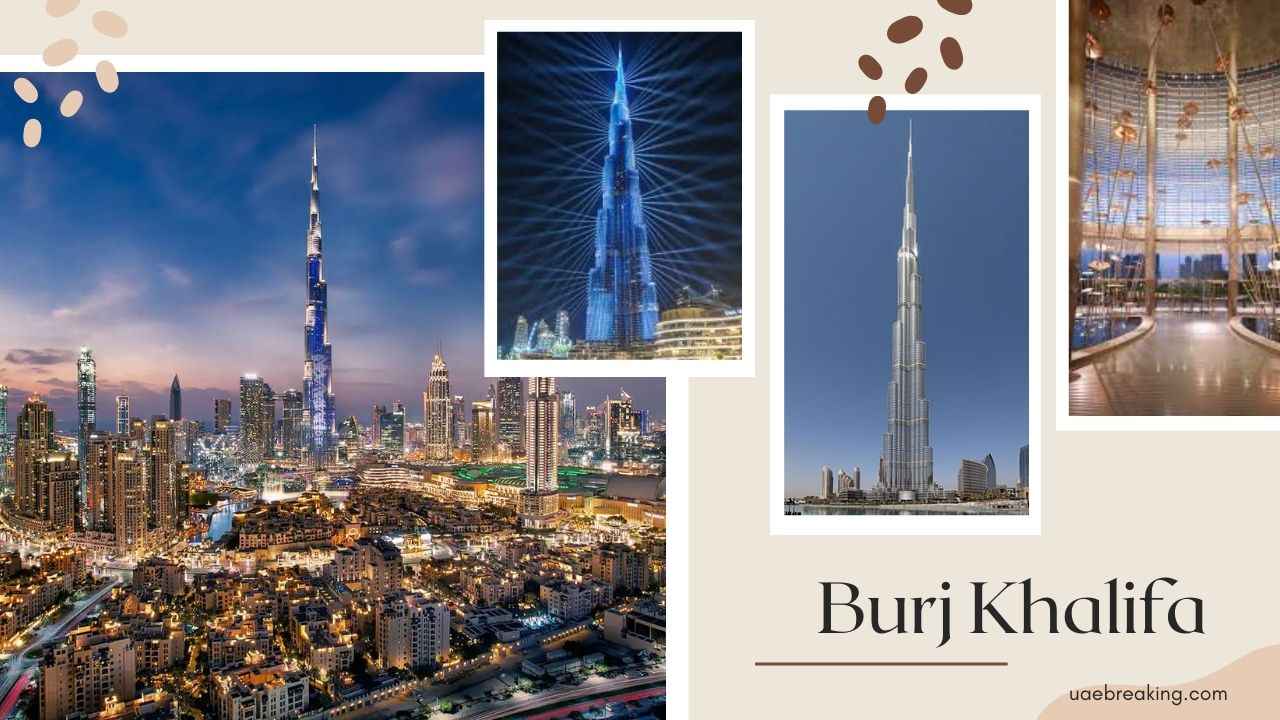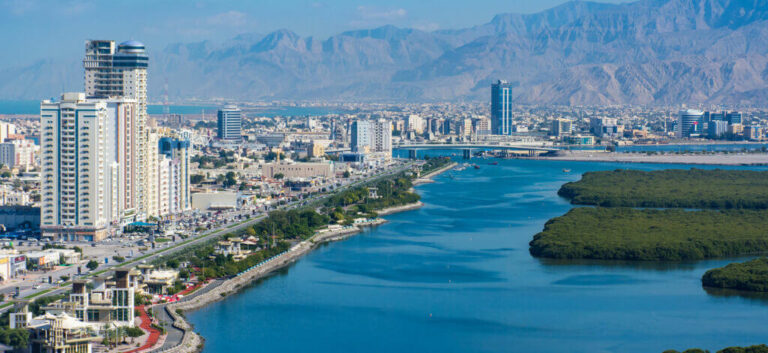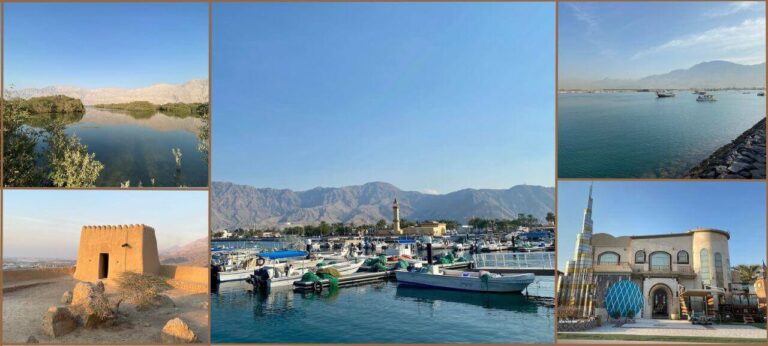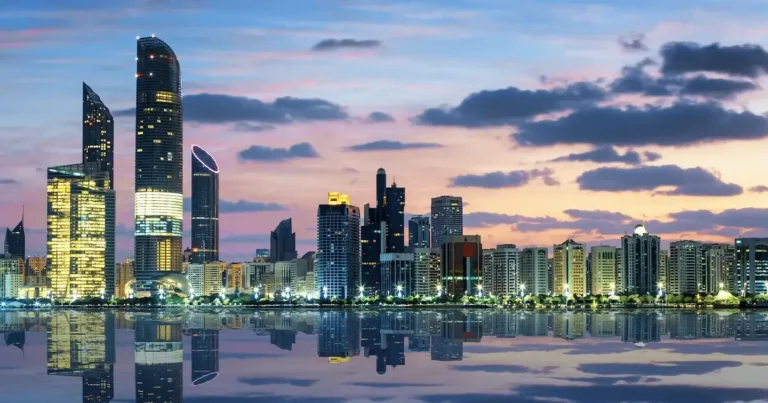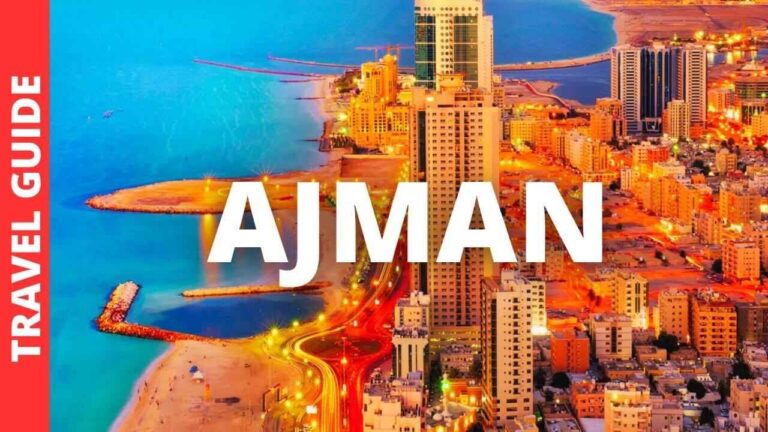Burj Khalifa, Dubai, UAE
Few landmarks in the modern world have redefined what a city stands for the way the Burj Khalifa in Dubai has. Rising 828 meters into the desert sky, the tower is more than the world’s tallest building—it is a statement of human ambition, architectural ingenuity, and Dubai’s transformation into a global city of the future.
When it opened on January 4, 2010, with fireworks lighting up the night and the world watching, Burj Khalifa was not just a skyscraper—it was a symbol of Dubai’s rise as a hub of commerce, culture, and creativity. Today, more than a decade later, the Burj Khalifa continues to define the UAE’s identity, attracting millions of visitors each year, while anchoring the broader development of Downtown Dubai—a district that itself has become one of the most visited urban destinations on Earth.
A Symbol Beyond Height
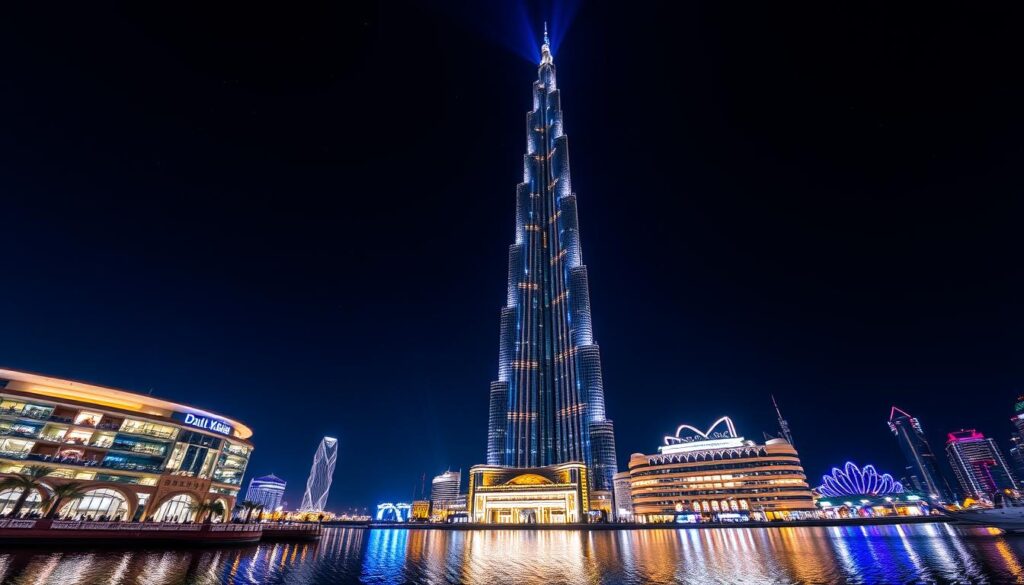
To understand the significance of the Burj Khalifa, you must look beyond its record-breaking height. Yes, it is taller than any other man-made structure on the planet, but what makes it remarkable is its role in positioning Dubai on the global stage.
In the early 2000s, Dubai’s leadership knew that oil reserves alone could not secure the emirate’s future. The economy needed diversification—into tourism, finance, real estate, and technology. The Burj Khalifa became the physical embodiment of that vision. By creating something so extraordinary, Dubai ensured that the world would pay attention.
When you look at the tower’s shimmering façade against the Arabian sky, it represents more than steel, glass, and reinforced concrete—it reflects Dubai’s philosophy of thinking big, acting bold, and never settling for the ordinary.
The Vision and the Name
Originally known as the Burj Dubai, the tower was renamed Burj Khalifa in honor of Sheikh Khalifa bin Zayed Al Nahyan, the late President of the UAE, who provided crucial financial support during the global recession that threatened the project’s completion. The renaming was a gesture of gratitude and unity between Dubai and Abu Dhabi, reinforcing the collective strength of the UAE federation.
The project was developed by Emaar Properties and designed by Adrian Smith of the architectural firm Skidmore, Owings & Merrill—the same firm behind Chicago’s Willis Tower and New York’s One World Trade Center. The design drew inspiration from Islamic architecture, most notably the spiraling minaret of the Great Mosque of Samarra in Iraq. The building’s Y-shaped floor plan optimizes residential and hotel space while ensuring stability against the Gulf’s challenging wind conditions.
Architectural Brilliance
At 828 meters (2,717 feet) with more than 160 habitable floors, the Burj Khalifa remains a marvel of neo-futuristic design. Its cladding system of reflective glass and aluminum was engineered to withstand extreme desert heat, while the building’s reinforced concrete core ensures stability.
The structure required 330,000 cubic meters of concrete, 39,000 tonnes of steel rebar, and over 22 million man-hours of labor. Engineers also developed new pumping technologies to deliver concrete at unprecedented heights—an innovation that has influenced skyscraper design worldwide.
Inside, the Burj Khalifa houses luxury residences, corporate suites, the Armani Hotel, world-class restaurants, and multiple observation decks. It is a vertical city, seamlessly blending business, leisure, and hospitality.
Life Inside the World’s Tallest Building
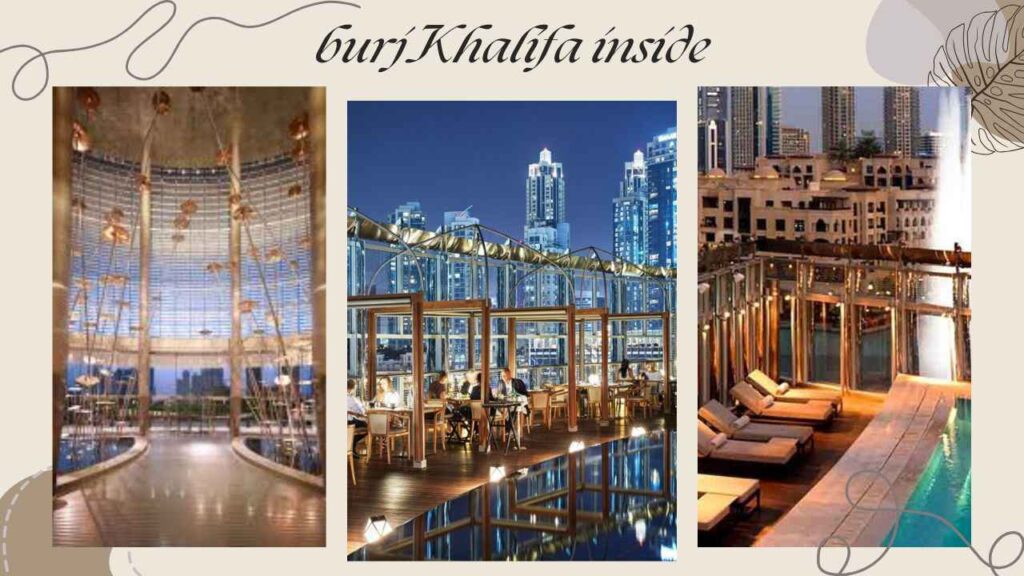
The Armani Hotel Dubai, located within the lower 39 floors, is the world’s first hotel designed by Giorgio Armani himself, offering minimalist elegance. Above it, the Armani Residences provide bespoke living spaces that fuse luxury with design precision.
Corporate offices fill many of the middle floors, while more than 900 private residences—from one-bedroom apartments to penthouses—occupy the upper levels. Each apartment offers panoramic views across Dubai, the Arabian Gulf, and on clear days, even as far as the Persian Gulf’s distant shores.
The tower also hosts some of the most exclusive amenities in the world:
- At.mosphere Restaurant on the 122nd floor, one of the highest dining venues globally.
- Observation decks: “At the Top” on the 124th and 125th floors, “At the Top SKY” on the 148th floor, and The Lounge between levels 152–154, the world’s highest lounge.
- Sky lobbies with swimming pools on the 43rd and 76th floors.
The Burj Khalifa Experience
For visitors, a trip to the Burj Khalifa is a once-in-a-lifetime journey. The observation decks offer 360-degree views of Dubai’s ever-changing skyline. On clear days, you can even see the desert stretching endlessly on one side and the Palm Jumeirah curving into the sea on the other.
Interactive displays and augmented reality telescopes allow guests to view Dubai’s transformation over time—from a desert trading outpost to a modern metropolis. Night visits are especially popular, with glittering city lights and the dancing spectacle of the Dubai Fountain below.
Speaking of the fountain: the Dubai Fountain, set on the 30-acre Burj Khalifa Lake, is the world’s largest choreographed fountain system. With water jets reaching 150 meters into the air, illuminated by thousands of lights, the fountain shows have become as iconic as the tower itself.
Burj Khalifa and Downtown Dubai
The Burj Khalifa was never designed to stand alone—it is the centerpiece of Downtown Dubai, a 2-square-kilometer district that combines retail, culture, hospitality, and entertainment. Anchored by Dubai Mall—the world’s largest shopping and entertainment destination—Downtown Dubai offers visitors a full-day experience.
From the Burj Khalifa, you can walk to:
- Dubai Mall – with over 1,200 stores, an indoor ice rink, and attractions like the Dubai Aquarium & Underwater Zoo.
- Dubai Opera – the city’s cultural heart, hosting ballets, operas, and global music icons.
- Souk Al Bahar – a traditional-style marketplace with waterfront dining.
- Burj Park – landscaped green space for picnics, concerts, and festivals.
Together, these attractions create an urban ecosystem where visitors flow from retail to leisure to cultural immersion—all in the shadow of the world’s tallest tower.
Breaking Records, Setting Standards
The Burj Khalifa holds an unmatched list of world records:
- Tallest building and tallest man-made structure on Earth.
- Highest observation deck (585 meters).
- World’s highest occupied floor.
- Longest-traveling elevators.
- Highest restaurant (At.mosphere).
- Tallest New Year’s Eve fireworks display.
These records are not just numbers—they set new global benchmarks for design and engineering.
Burj Khalifa in Culture and Media
The Burj Khalifa has become a global icon, featured in movies like Mission Impossible: Ghost Protocol, where Tom Cruise famously scaled its glass walls. It frequently appears in international advertisements, documentaries, and media campaigns as the ultimate symbol of Dubai’s ambition.
On New Year’s Eve, the tower transforms into a stage for breathtaking fireworks and LED shows watched by millions worldwide. These celebrations have become global television events, reinforcing Dubai’s reputation for spectacle and grandeur.
Sustainability and Innovation
While height often dominates the conversation, the Burj Khalifa also pioneered sustainable features. Its condensate collection system harvests water from the building’s air conditioning systems, providing millions of liters annually to irrigate surrounding landscapes. The tower also uses high-performance glass to reduce solar heat gain, lowering cooling demands in the harsh desert climate.
Such innovations highlight Dubai’s shift toward smarter, greener building practices, aligning with broader sustainability efforts across the UAE.
The Burj Khalifa’s Place in Dubai’s Future
The tower is no longer just a record-holder—it has become part of Dubai’s identity. Alongside newer landmarks such as the Museum of the Future, the Dubai Frame, and mega-developments like Expo City Dubai, the Burj Khalifa continues to anchor Dubai’s narrative as a city that blends tradition with futurism.
Every new attraction in Dubai seems to orbit around the Burj Khalifa’s presence. Whether it’s visitors strolling along the Dubai Marina Walk, enjoying the beachfront at Zero Gravity, or exploring cutting-edge districts like Dubai Internet City, the Burj Khalifa remains the symbolic centerpiece of the city.
Why Burj Khalifa Matters
The Burj Khalifa is not just about size—it is about meaning. For Dubai, it tells the world: We can achieve the extraordinary. For visitors, it’s a chance to experience the thrill of standing atop the tallest building ever made. For residents, it is a constant reminder of the city’s vision and resilience.
It embodies the spirit of Dubai—audacious, ambitious, and future-driven.
Final Thoughts
The Burj Khalifa is more than a skyscraper. It is a living monument to the UAE’s determination, creativity, and vision for the future. Whether you’re watching the fountains dance at its base, dining among the clouds, or simply marveling at it from afar, the Burj Khalifa will leave you with one enduring thought: human ambition knows no limits.
For in-depth coverage of Dubai’s landmarks, lifestyle, and urban evolution, visit UAEbreaking.
- Dinner in the Sky, Dubai, UAE - September 8, 2025
- Palm Jumeirah, Dubai, UAE - September 4, 2025
- From Desert Creek to World-Famous Waterfront: The Unstoppable Rise of Dubai Marina - September 3, 2025
